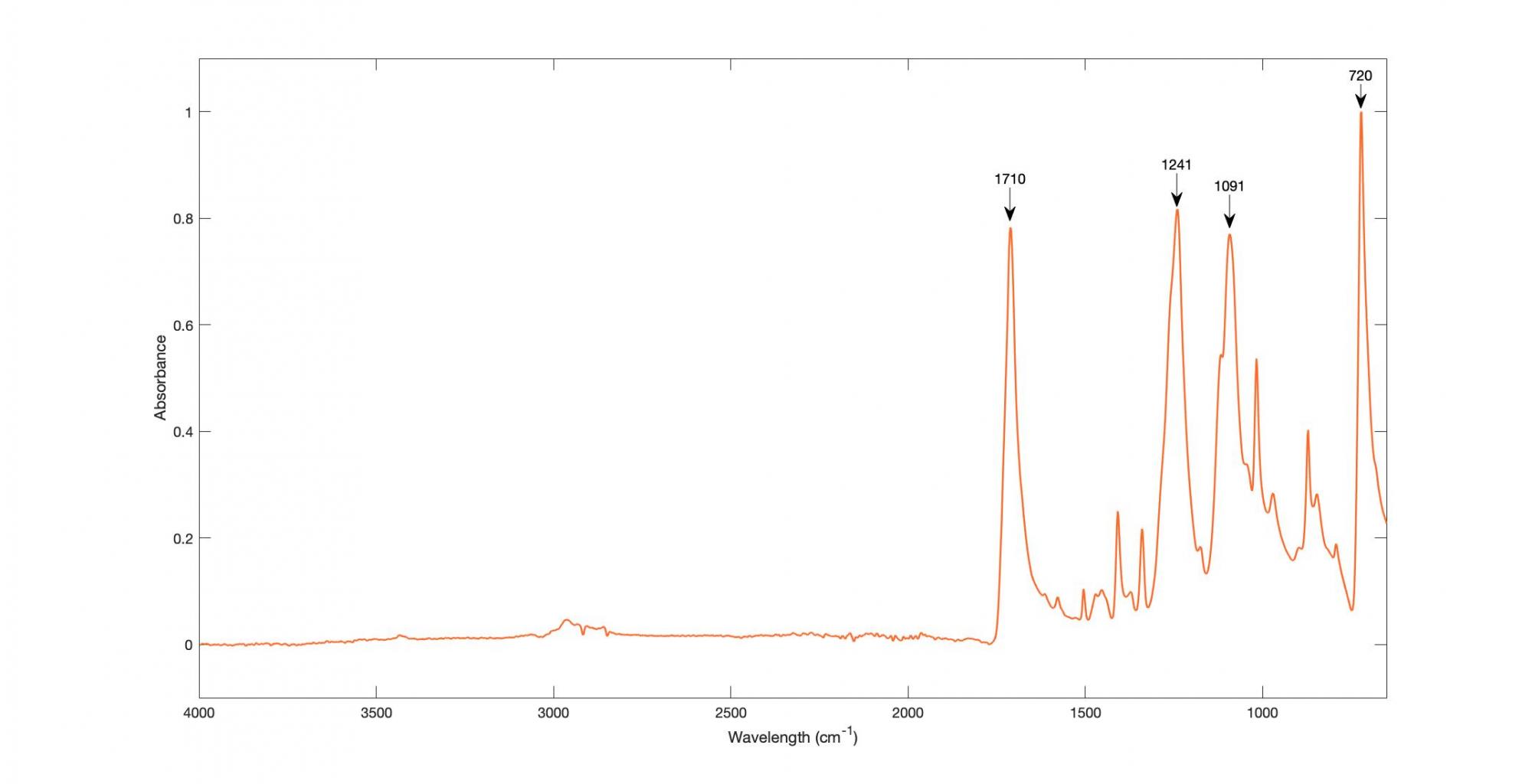PET

Inventors: Rex Whinfield and J. T. Dickinson
Invented: 1941
Commercially available from: 1952, ICI Ltd UK (semi-commercial production); 1953, DuPont USA
Trade names: Terylene; Dacron; Kodel; Crimplene; Lirelle; Fortel; Sil-Look
Commonly used starting materials: petroleum; natural gas. For a simplified visual explanation of the process from starting materials to usable fibre please go to Fibre conversion processes: polyester.
Principal characteristics: cheap to produce; durable, multi-purpose; hydrophobic and crease-resistant; quick drying, requires no ironing; warm to the touch; moth and mildew proof; prone to pilling and static.
Principal uses: clothing of all kinds. Particularly used for drip dry, non-iron shirts, fleeces, as well as garments and accessories exposed to water. Used in blends, especially polycotton blends.
Environmental impact: made from non-renewable resources. Dangerous substances involved in its manufacture include antimony which is likely to remain within the product but if released would have serious consequences. Newer catalysts for polyester employ titanium compounds which have much less environmental impact. Sheds microfibres.
Care and signs of degradation: its predisposition to static is increased when air humidity is low: thus, relative humidity levels as a general guide should not drop below 40%. Conservation-grade covers should be used to protect against static attraction of dust.
Recyclable? Yes
Biodegradable? No
Potential narratives:
- good material for research into blends, especially in tailoring where their use was more about improvements than their cheapness.
- one of the most used fibres in clothing production: study of its impact.
- the generation and impact of microfibres: a study by Plymouth University published in 2020 discovered that one 40°C wash could release between 700 and 4,000 microfibres per gram of fabric depending on its structure, and that up to 400 microfibres per gram of fabric can be shed in 20 minutes of normal activity when wearing polyester clothing.
- the introduction of easy care, drip dry, non-iron fabrics and its impact on women’s lives.
Documented garment exemplars:
- Suit of woven Crimplene™ polyester and lurex - see 1950 to circa 1960
- Emilio Pucci trousers of knitted nylon (polyamide) - see 1960s
- Jacket from a Burton man's suit of wool blended with Terylene™ polyester lined with viscose rayon - see 1960s
- Gabardine coat of Terylene™ polyester and wool blend lined with nylon - see 1970s
- Jacket from a Hepworths man's suit of woven polyester partly lined with nylon - see 1980s
- Stone Island thermosensitive ice suit: jacket and liner of nylon and polyester - see 1980s
- St Michael’s label leatherette skirt of PVC with a nylon backing, lined with polyester - see 1990s
- Levi's Engineered Jeans 'twisted' full-length coat of a cotton and lyocell blend with detachable lining of a wool and polyester blend - see 2000s
- Debenham’s Casual Club swimming costume of polyester and elastane with nylon gusset - see 2000s
- North Face fleece jacket partially made from recycled polyester and nylon with some virgin polymer - see 2000s
